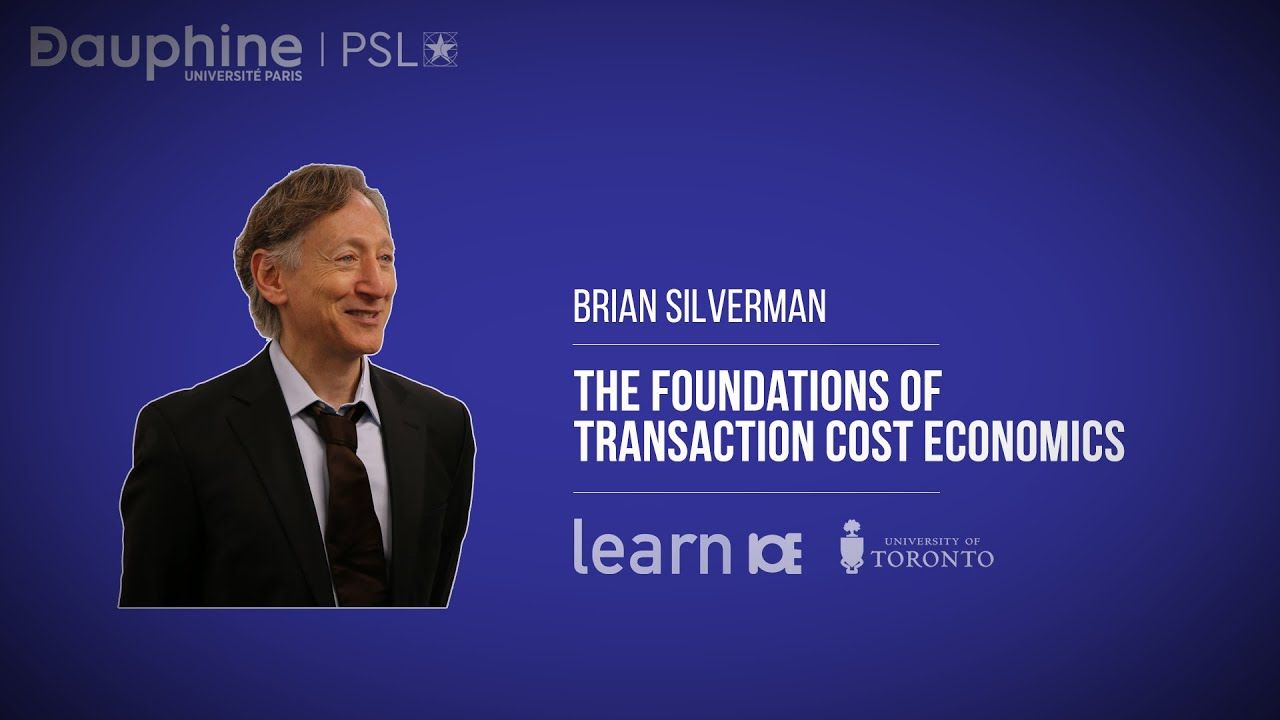The Foundations of Transaction Cost Economics
University of Toronto
Transaction Cost Economics (TCE) builds on a simple yet fundamental question: why do firms exist when markets are generally efficient at allocating resources? Ronald Coase, in 1937, argued that firms emerge when internal coordination is less costly than market exchange, thus introducing the concept of transaction costs into economic reasoning. However, his insights remained largely theoretical until Oliver Williamson revived and operationalized them decades later. Williamson identified two key behavioral assumptions—bounded rationality and opportunism—which together make complete contracts impossible and expose transacting parties to strategic behavior. To explain the choice between markets and hierarchies, he focused on three critical attributes of transactions: asset specificity, uncertainty, and frequency.
Asset specificity refers to the degree to which an investment is valuable only within a particular relationship. When such specificity is high, parties become vulnerable to opportunistic renegotiation once the investment is sunk—a phenomenon known as “hold-up.” This discourages efficient investment unless governance structures can protect against ex-post bargaining. Uncertainty intensifies this problem, as contracts cannot anticipate all possible future events. Frequency also plays a role: when transactions are recurrent, the costs of hierarchical governance (e.g., vertical integration) are amortized, making such governance structures more viable. A fourth dimension, appropriability, has gained importance in knowledge-intensive industries: when valuable information must be shared for a transaction, parties may fear misappropriation or leakage, further complicating contracting. These factors collectively shape the boundaries of firms and the governance of economic exchanges.

[https://www.learnioe.org/video/the-foundations-of-transaction-cost-economics](See more...)
Related Keywords
No related keywords in this publication.
